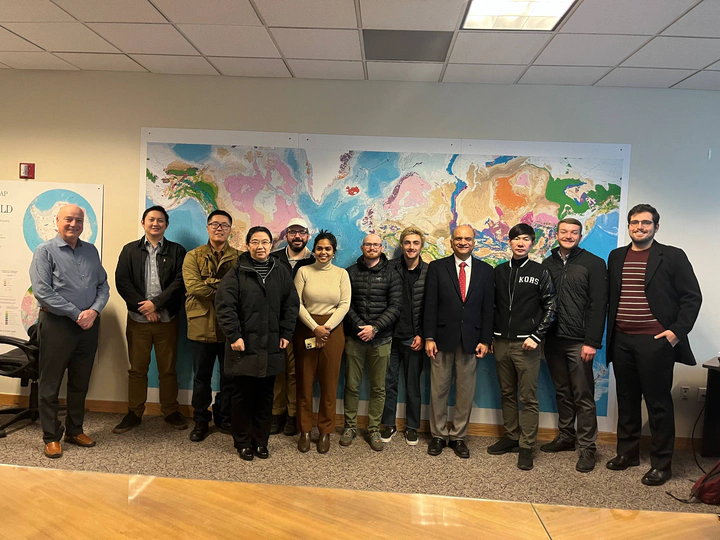Current Challenges in Reconstructing Classical Force Fields from Neutron Scattering Data

Abstract
The reconstruction of two-body pair potentials from pair correlation functions, the classic inverse problem of statistical mechanics, has been studied with both theoretical and computational approaches for over a century. Despite these concentrated efforts, we only recently provided the first demonstration that transferable force fields could be extracted from neutron scattering data in simple, noble gas systems. While this represents an important milestone in structure inversion research, force fields for simple liquids are not exceptionally useful for contemporary scientific problems which often involve simulation of molecular fluids, mixtures, ions, and/or large macromolecules. Furthermore, the “best” or “correct” force fields for these complex simulations are not known a priori, and often debated amongst molecular modelers. We aim to address this uncertainty by finding physically justifiable and transferable force fields based on experimental neutron scattering data for these general, complex systems. Here we outline our work and current challenges on the key limiting factors in structure inversion techniques, namely: (1) lack of thermodynamic transferability in structure derived potentials, (2) thermodynamic state dependence of the pair potential refinement (3) the non-uniqueness of pair potential updates for molecular liquids and mixtures, (4) the Fourier transform of momentum-space scattering data into real-space distribution functions, and (5) making predictions in the presence of experimental uncertainty.